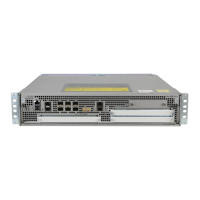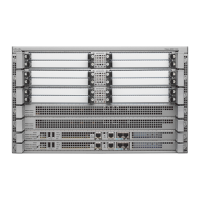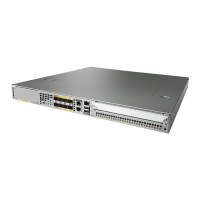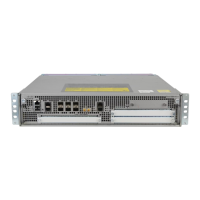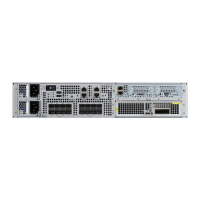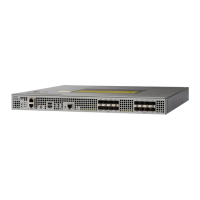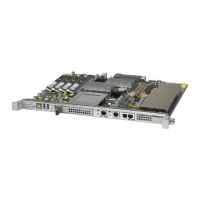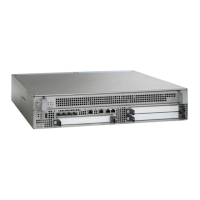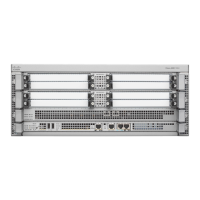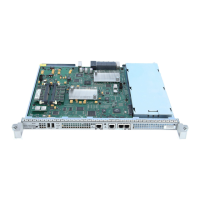25-4
Cisco ASR 1000 Series Aggregation Services Routers SIP and SPA Software Configuration Guide
OL-14127-08
Chapter 25 Configuring the Cisco DSP SPA for the ASR 1000 Series
Configuration Tasks
What to Do Next
For more information related to associating an SBC to a DSP farm profile, see the 'Cisco Unified Border
Element (SP Edition) - SPA DSP Services' chapter in the 'Cisco Unified Border Element (SP Edition)
Configuration Guide: Unified Model' at the following link:
http://www.cisco.com/en/US/docs/routers/asr1000/configuration/guide/sbcu/sbc_spadsp.html
Also, see the the Cisco Unified Border Element (SP Edition) Configuration Guide: Unified Model for
SBC configuration information (Call-admission-control (CAC) and DTMF internetworking).
Enabling or Disabling Voice Activity Detection (VAD)
Execute the following steps to enable or disable local VAD settings irrespective of external VAD
settings.
SUMMARY STEPS
1. enable
2. configure terminal
3. dspfarm profile profile-identifier
4. vad on override
Step 9
maximum sessions number
Example:
Router(config-dspfarm-profile)# maximum
sessions 4
Specifies the maximum number of sessions that are
supported by the profile.
• number—Range is determined by the available
registered DSP resources. Default is 0.
Note By default, the maximum sessions are counted from
the subslot where the SPA-DSP is available. If there
are more than one SPA-DSPs and the maximum
sessions exceed the session limit per SPA-DSP, the
remaining sessions are managed by the second
SPA-DSP.
Step 10
associate application sbc
Example:
Router(config-dspfarm-profile)# associate
application sbc
Associates the SBC application to the DSP farm profile.
Step 11
no shutdown
Example:
Router(config-dspfarm-profile)# no shutdown
Enables the profile, allocates DSP farm resources, and
associates the application.
Step 12
exit
Example:
Router(config-dspfarm-profile)# exit
Exits DSP farm profile configuration mode.
Command or Action Purpose
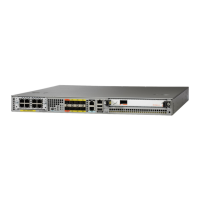
